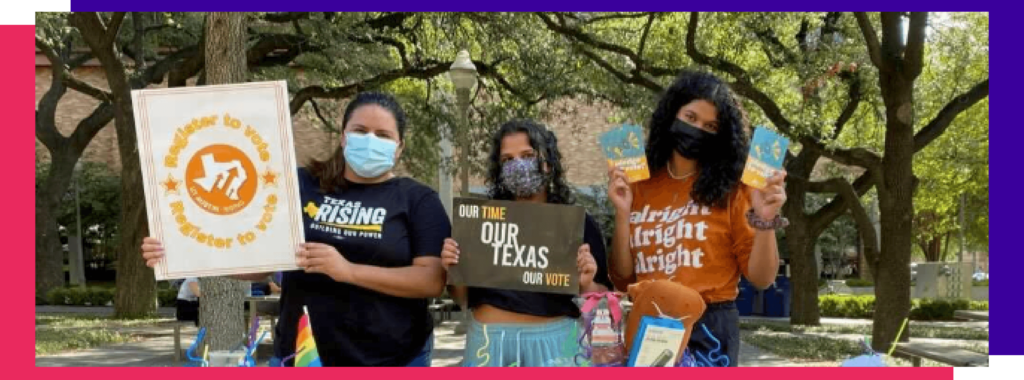
Most of the youth civic engagement groups we fund understand that without collaboration and a deep intersectional organizing strategy, winning real change is impossible. However, when youth of color team up – across issues to demographics to drive local initiatives and join forces with adult electoral groups – we see what’s possible.
In 2020, YEF granted over $3 million to 53 movement partners primarily in the South and Southwest US. These are youth-led and youth-focused civic engagement groups where 71% of the executive directors are women of color and 80% people of color. A breakdown giving by state in 2020-2021* is as follows:
*2020 giving included Response Action funding to an expanded number of states to respond to the COVID 19 pandemic’s disproportionate impact on communities of color across the country.
In 2021, YEF granted more than $3 million to 53 movement partners primarily in the South and Southwest. In 2022, at the time of publishing this, our grantmaking included $2.7 million to 52 movement partners. This number will likely increase as we expand our Southern strategy to include Texas, Louisiana, and Mississippi, and give to more youth-led organizations there.
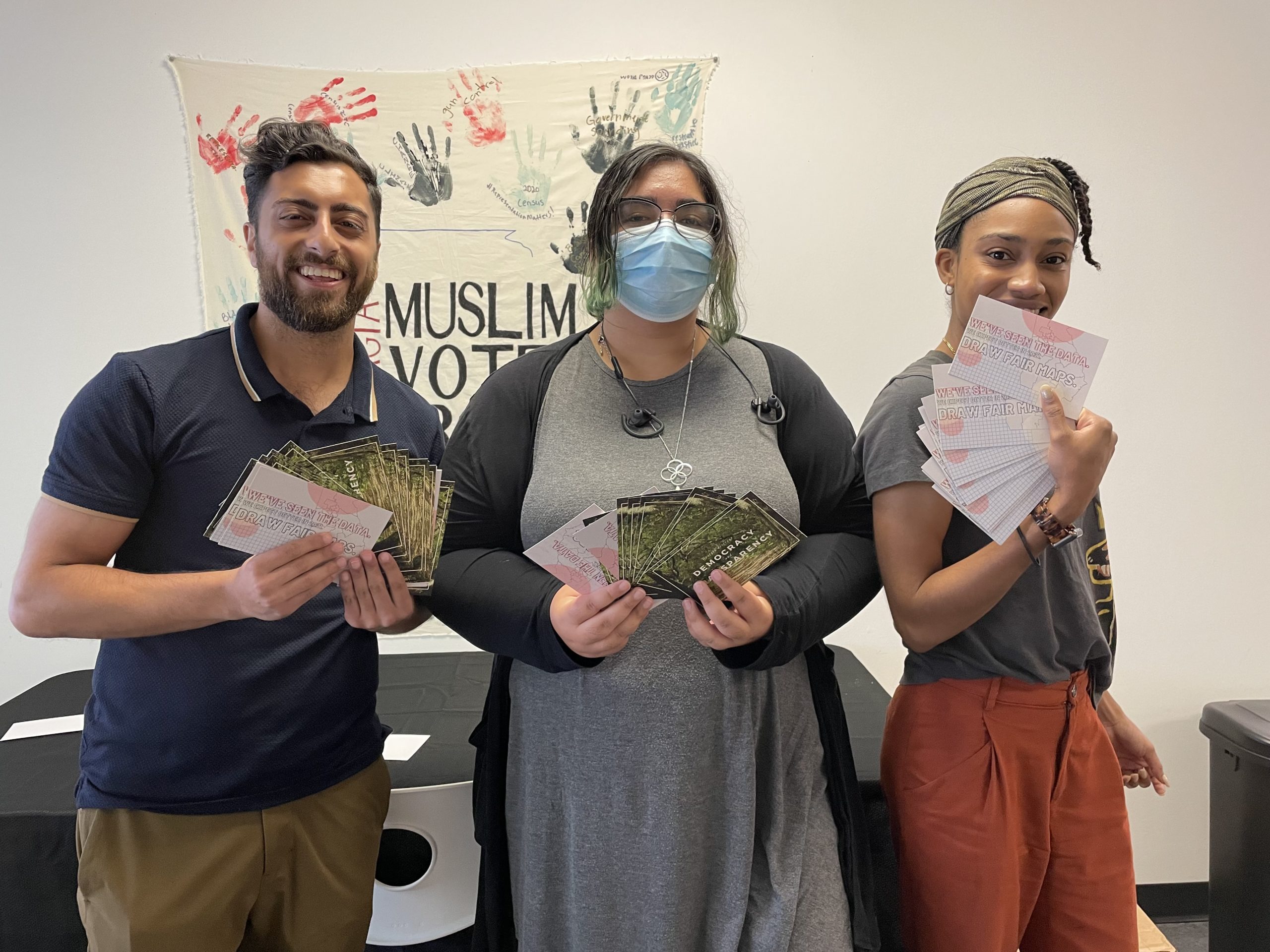
Nationally, Georgia ended up being the biggest surprise victory of 2020 – the story of a red-recently-turned-purple state going to Biden, and then a Senate run-off race that ended up delivering victory to a Black and a Jewish candidate, flipping control of the Senate to the Democrats. Of all YEF’s target states, Georgia received the most attention because it sealed a Democratic trifecta of the presidency, Senate, and House of Representatives.
To those who have been working on the ground, the win in Georgia was impressive but not entirely surprising. Organizers there, particularly among the Black Lives Matter movement, have been paving the way for this win for a decade. For years, Georgia has been changing dramatically both demographically and politically. Its population is racially diverse – 52% white, over 31% African American, 6% Hispanic, and less than 1% Asian American and Native American. The state continues to become more diverse with dramatic gaps between the number of people of color and white people among youth. Georgia’s electorate continues to grow and change, largely due to migration from Black families and individuals, who now make up a third of the electorate. All of this brought Georgia into a new political moment during Stacey Abrams’s run for governor in 2018, which she likely would have won if not for heavy-handed racist voter suppression tactics.
A decade of movement-building in Georgia has boosted civic engagement, and Governor Brian Kemp’s blatant attempt to disenfranchise Black voters in 2018 ignited Black and progressive communities. They united to push back against racist, rigged elections, corrupt leaders, and efforts to keep Georgia in the Jim Crow era. In the last few years, Georgia has been a center of racial justice organizing, in response to police violence locally and nationally, especially the murder of Rayshard Brooks by Atlanta police in June 2020 just after George Floyd was murdered. The high-profile beating of Roderick Walker by a Clayton County sheriff in September 2020 kept racial injustice and police violence in the national spotlight.
In 2020, voter registration among young people was up a staggering 35% from 2016, with young people motivated not only by voting rights, but also by the COVID pandemic, uprisings against police brutality, and concern about the future of their communities. Years of civic engagement paid off in Georgia — when students were asked if they had been asked by community groups to make a plan to vote, an overwhelming 85% reported that they had been asked. Young people took advantage of early voting in extraordinary numbers, with more than 560,000 early votes cast in 2020, equaling almost the total number of votes cast, at 596,000 in the 2016 presidential election.
As the votes were counted in 2020, the impact of young voters became apparent. Biden won the state by just under 12,000 votes. Youth of color accounted for 20% of all voters in the general election, a huge block, which proved significant because 90% of young Black voters chose Biden, while 62% of young white voters supported Trump.
Youth influence was felt in local elections as well. For example, the Brunswick, Georgia district attorney whose failurewho failed to act after the murder of Ahmaud Arbery was front and center in the racial justice uprisings, was defeated. Throughout the first year of the pandemic, YEF’s movement partners worked together to address the COVID-19 crisis and offer funding, emotional support, and housing to communities, while participating in protests and encouraging people to take part in the Census, register, and turn out to vote. This undoubtedly paid off as well.
Leading up to the Senate runoff election in January 2021, youth civic engagement organizations worked tirelessly to turn out voters, focusing not only on those who voted in the general election but also the 23,000 young people who were not old enough to vote in the general election but turned 18 in time to vote in the runoff. Ultimately, more than 75,000 new voters registered between the general election and the runoffs; of these, more than half were under age 35. Record numbers of early voters contributed to the results: over 360,000 early voters in the runoff were between 18 and 29 years old. And the results tipped an election toward Rev. Raphael Warnock and John Ossoff, who were not just Democrats, but neither had ever been elected to high office before. Warnock was the first Black senator ever elected in Georgia, and Ossoff, a Jewish 33-year-old, was one of the youngest senators ever elected.
Turnout strategies for youth, particularly youth of color, were creative and reflected techniques that organizers had developed since the start of the pandemic. This included heavy targeting on social media platforms – Facebook, Twitter, and Instagram, also TikTok (where the hashtag #GeorgiaRunoff got more than 11.3 million views) and even dating apps such as Tinder and Hinge. Influencers and artists teamed up with organizations to reach parts of the youth population who had not previously been engaged.
One thing that makes Georgia stand out is the level to which Black women are a force in politics and grassroots organizing. YEF’s movement partners focused heavily on racial justice and reproductive justice to motivate people. They are powerful in the attention they pay to issues that center Black women, including trans women. They work in coalition as well as mobilizing their own communities. YEF’s three main movement partners in Georgia are:
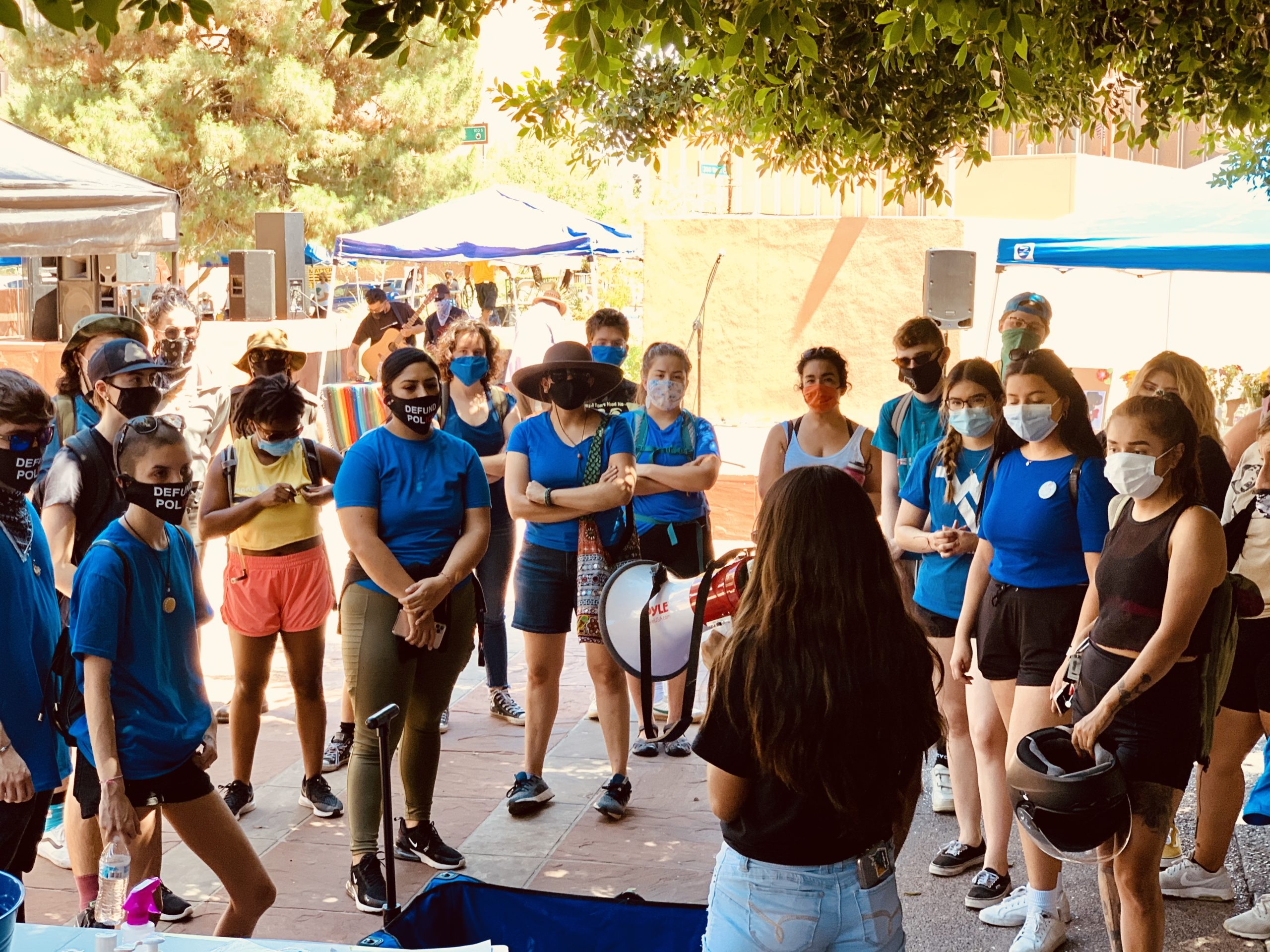
Arizona’s population is growing fast and the number of people of color in the state is increasing — with the state predicted to be majority people of color by 2030. Arizona has one of the highest percentages of youth as well at 18%, and of those young people, one third identify as Latinx. The potential for young people to influence public life in Arizona is enormous: according to CIRCLE, in 2018 “Not only did youth turnout rise by 16% points in Arizona… but the total share of votes cast by youth nearly doubled from just 6.3% in 2014 to 11.5% in 2018.” These increases happened despite efforts to restrict voting by Native American, Latinx, and Black voters. Despite some court victories, new discriminatory laws like voter ID requirements and attempts to narrow eligibility for mail-in ballot are being proposed everyday.
Arizona is a closely-watched swing state where the youth vote was a key factor in flipping the state from red to blue. Young people represented 16% of voters statewide, fueled by an increase in voter registration of 20% over 2016 and huge jumps in mail-in ballots. Young people skewed towards Biden in the presidential race by an impressive 22 points, but that margin is even greater for young voters of color, with 68% of Latinx youth voting for Biden compared with 53% of young white voters.
Arizona is also a powerful model when it comes to youth organizing, intersectional politics, and passing policies that would have been unthinkable in the South even a few years ago when it comes to criminal justice, drug policy, and education reforms. There is strong investment in youth organizing thanks to the group One America; across the state, we see Black youth groups, Native youth groups, Latinx youth groups, immigrant and LGBTQ youth groups working side by side. This is giving birth to next wave policy solutions like democratizing energy, relying on solar power, and long-overdue updates to energize political participation like automatic voter registration, portable registration (which is tied to a person, not an address) and same-day voter registration. In Arizona, lobbyists and unions are responsive to progressive activists. Policy conversations there are different because of the incredible cross-generational coalition building in the state. The result is the ability to move important reforms forward and Arizona remains an incredibly good testing ground for progressive policy.
Throughout 2020, YEF’s movement partners advocated for voting access for their communities. They found themselves navigating the complexities of COVID-19 while responding to the immediate economic hardship and danger of a virus disproportionately affecting people of color. They shifted voter registration goals to emphasize online registration, digital communication, text banking, and coordinating resources and activity with other organizations. They used remote organizing to get more people to participate in the Census as well.
Without question, young voters played a critical role in producing wins for Democrats in key races. Aa total of 60% of Arizona youth cast votes for Biden compared to 36% for Trump. And in Arizona’s hotly contested U.S. Senate race, Democratic challenger Mark Kelly took the seat held by incumbent Martha McSally by about 100,000 votes. Polls showed that young voters delivered Kelly 121,000 votes more than McSally, well over the margin of victory. Given the changes in Arizona’s racial demographics, increased civic engagement by young POC voters has the likely outcome of contributing to a dramatic shift in Arizona politics for the future.
YEF’s movement partners in Arizona include:
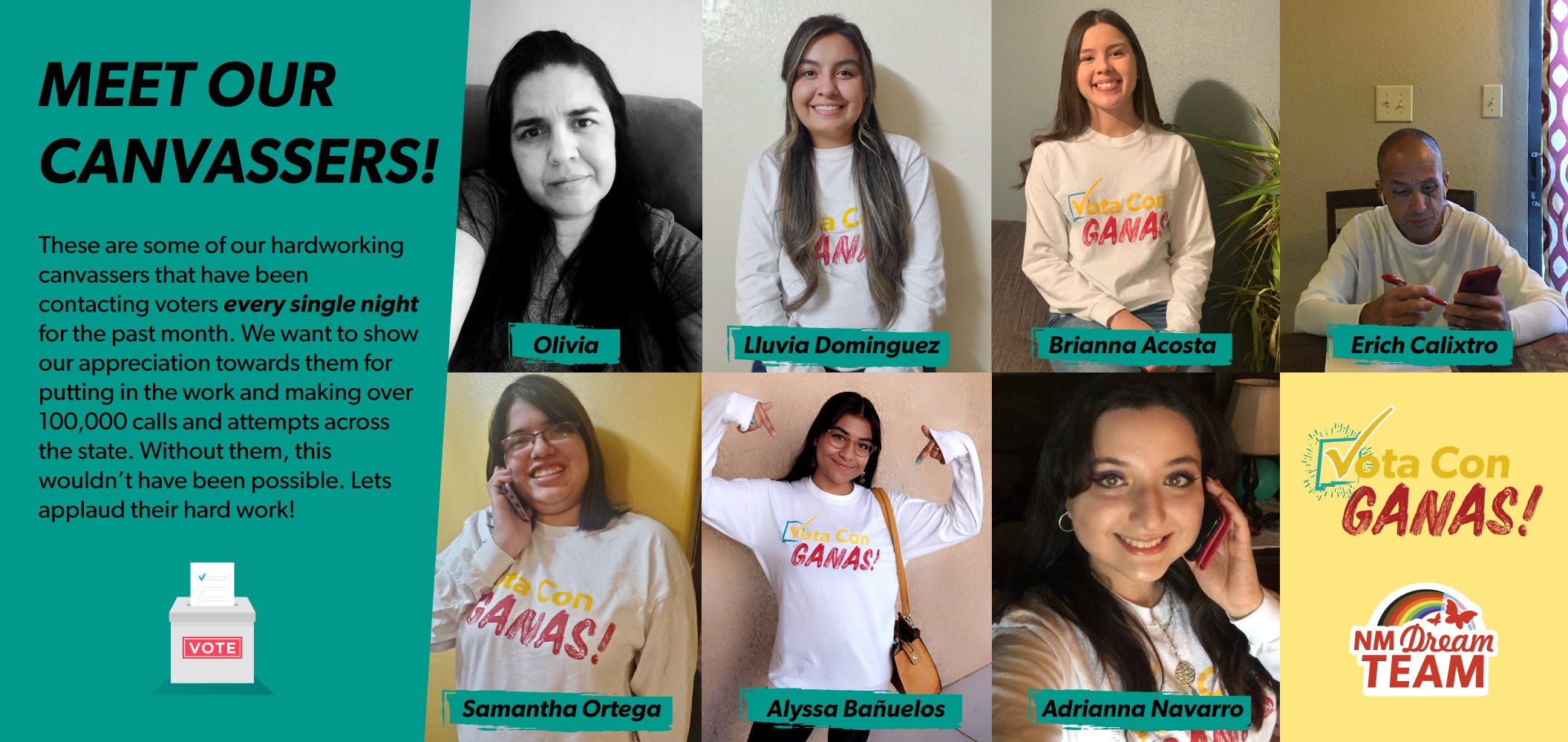
New Mexico holds great and often overlooked promise for the future. Because the state only has 5 electoral votes, there is not much national attention or money poured into races there. New Mexico does not perform as well as YEF’s other target states when it comes to youth voter turnout, but the ingredients for powerful organizing are there, so we have an opportunity to test movement-building and democracy innovations in the state.
We know New Mexico’s engagement will grow with investment. It has so many elements needed to build a winning movement like Arizona’s – if we invest in young people to lead long term organizing campaigns to connect progressive issues with electoral participation. New Mexicans really understand the concept of being alienated and excluded in America today. With its strong Native population, high immigrant population, and violence at the border, New Mexicans are hungry for a more inclusive democracy. This is a surge of energy around racial justice and undoing white supremacy. Investments in this state could harness this energy to create space for more policy wins, more relationship building, and more local leadership.
New Mexico is a confluence of many of the harshest issues facing rural communities elsewhere: poverty and lack of job opportunities, opioid overdoses and substance abuse, rising immigration, and blatant racial injustice as concerns Indigenous people, land and water rights, and environmental justice. Youth civic engagement is often focused on advocacy for Latinx immigrants and Indigenous people, whose histories are often intertwined. New Mexico has the highest population of Latinx people in the country at 49% , with white people at 37% of the population and Native Americans at 11%. This meant that many of the battles over the 2020 U.S. Census and the Trump administration’s attempts to limit participation by non-citizens or to add a question about citizenship to the Census became hot-button issues threatening the ability of New Mexicans to be counted in their home state.
Fortunately, New Mexico has powerful organizations working tirelessly and strategically to organize young people around immigrant rights and tribal justice issues, and to educate and engage young voters. Throughout COVID-19, activists in New Mexico shifted their strategy to phone banking instead of in-person events. They made these changes gracefully and quickly, and worked to provide economic and housing relief in their communities, while also supporting Black Lives Matter uprisings across the state. They continually raised the issue of how COVID-19 was disproportionately killing people of color and essential workers.
In New Mexico, young voters made a big impact, as did early voting, resulting in a win by a 10.8 point margin for Joe Biden. 26% of the state’s eligible voters are voters under 35, now slightly outnumbering voters age 35-50. However, voters over 51 still outnumber young voters nearly 2-to-1, so making sure young voices are heard depends heavily on turnout.
To this end, New Mexico Dream Team made over 100,000 calls to registered voters, with 100 volunteers logging 3,000 hours of phone banking to make sure that young people knew how and where to vote, and how early voting in the state worked. This strategy paid off, with over 788,000 people of all ages voting early in New Mexico, and came close to a nearn all-time high in overall voter turnout. Despite legal challenges to the election results, the victory was decisive and turnout was particularly important since other races were closer. In one house district, the Democratic incumbent won by a razor-thin margin of just 36 votes.
YEF’s movement partners in New Mexico include:
